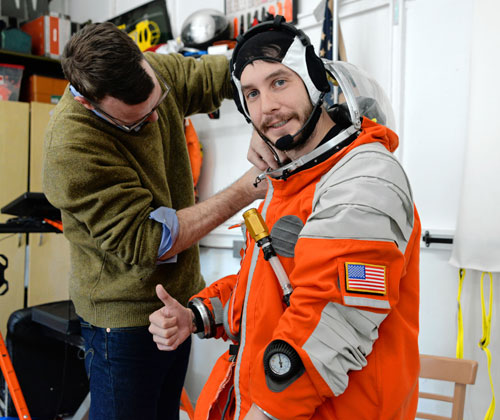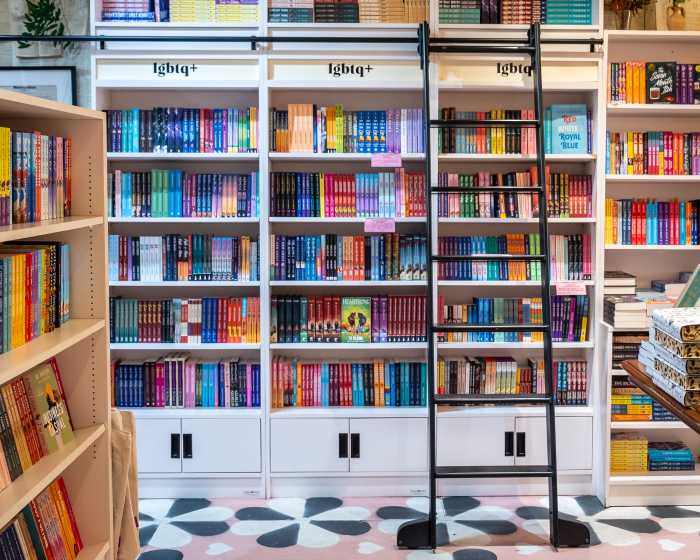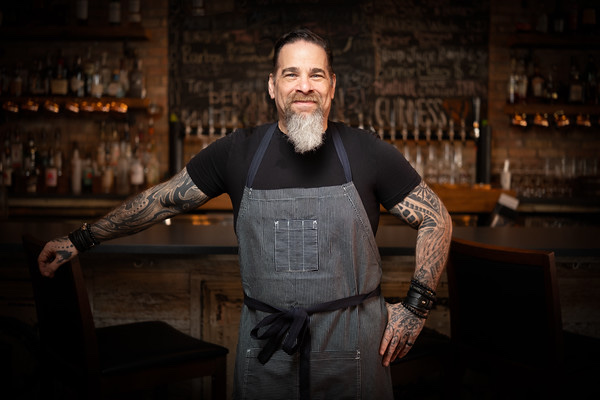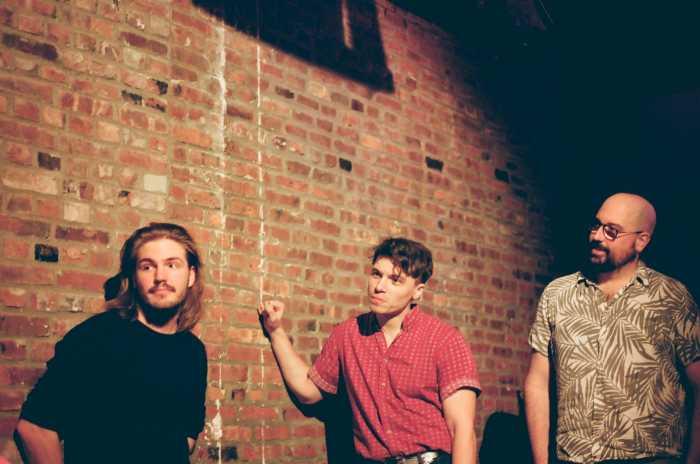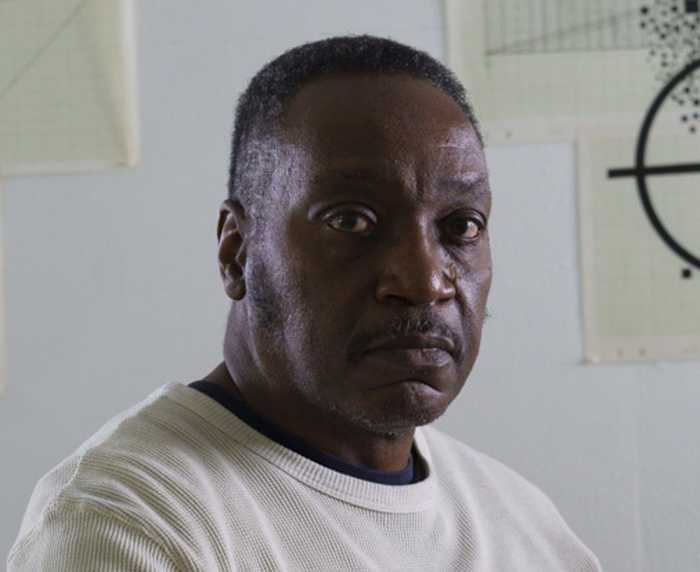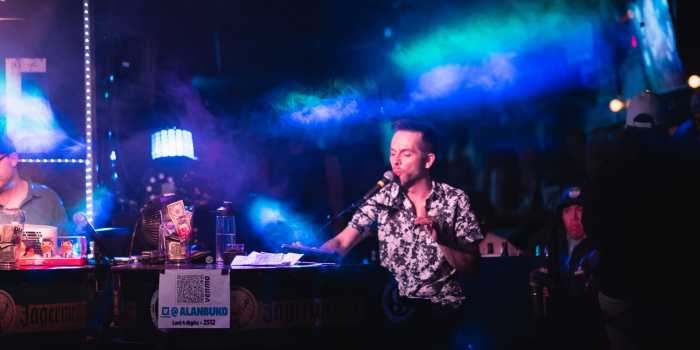It’s one small step for our reporter, one giant leap for Brooklyn.
Final Frontier Designs is a Navy Yard manufacturer with an out-of-this-world specialty: space suits. The owners are shooting for a new market they hope will emerge as the budding commercial space-flight industry takes flight, but until then they are offering earthlings and local journalists the opportunity to take a walk in an astronaut’s shoes.
“Traditionally space suits and most of the space program has been closed to people who aren’t astronauts,” said Ted Southern, one of the company’s founders. “We think of this as a way to open the experience up to more people.”
Southern’s partner Nikolay Moiseev explains:
“If you wanted to try one on before, you’d have to go to Russia,” he said.
Moiseev spent 20 years working on suits for Russian cosmonauts, first seeing the fruits of his labor in orbit in 1988. But his fascination with the stars started much earlier.
“There’s one reason I’m interested in space — science fiction,” he said. “When I was a boy, I read and watched a lot of science fiction.”
Southern comes from a very different background. A graduate of Pratt Institute, he got into the business of making extraterrestrial attire by crafting elaborate theater costumes, then designing gloves for space suits. The gloves were a natural extension of his curiosity, he said.
“I’ve always just been really interested in hands,” he said. “They’re what makes us human.”
Southern met Moiseev at a design competition run by the National Aeronautics and Space Administration. They teamed up in 2009 and received a research contract with the nation’s space program.
Final Frontier now makes a full space suit that it sells for a whopping $65,000. But everyday Brooklynites can try one on for a cool $495.
The Navy-Yard-made suits consist of three layers — an undergarment, a bladder that keeps the suit pressurized in zero gravity, and a fireproof shell that protects astronauts in case of catastrophe. The undergarment is basically a spandex suit. The second layer is made of nylon-coated urethane that is cut with a laser. The outermost layer is made from a flame-retardant material call Nomex, and is stitched together using a sewing machine Southern’s mom bought in 1972.
The whole setup, including a glass visor, weighs about 18 pounds. It took this reporter some gymnastics and a helping hand to get the thing on, but Southern said a more experienced space-traveler could suit up solo.
The commercial space-travel industry has yet to lift off, so Final Frontier has not yet found a steady market for its gear. The partners have made five suits so far, one of which is in use by a Navy test pilot who flies a glider at extremely high altitudes, they said. In addition to charging folks looking for a taste of the Jetson life, they are also trying to develop revenue streams by applying elements of the suit technology to more common apparel, such as gloves worn by firefighters or clothing for extreme hikers.
A potential problem, on top of that little issue that nobody’s buying the space suits now, is that Virgin Galactic, one of the commercial space-travel companies that seems to be closest to carrying customers into orbit, plans to do so sans space suit. The company’s star ships are being designed to not need a full pressurized suit, which Southern thinks is kind of a rip-off, considering the flights will cost $250,000.
“If you’re going to pay all this money, shouldn’t you at least get to wear a space suit and feel like an astronaut?” he said. “To me that’s the whole point.”


